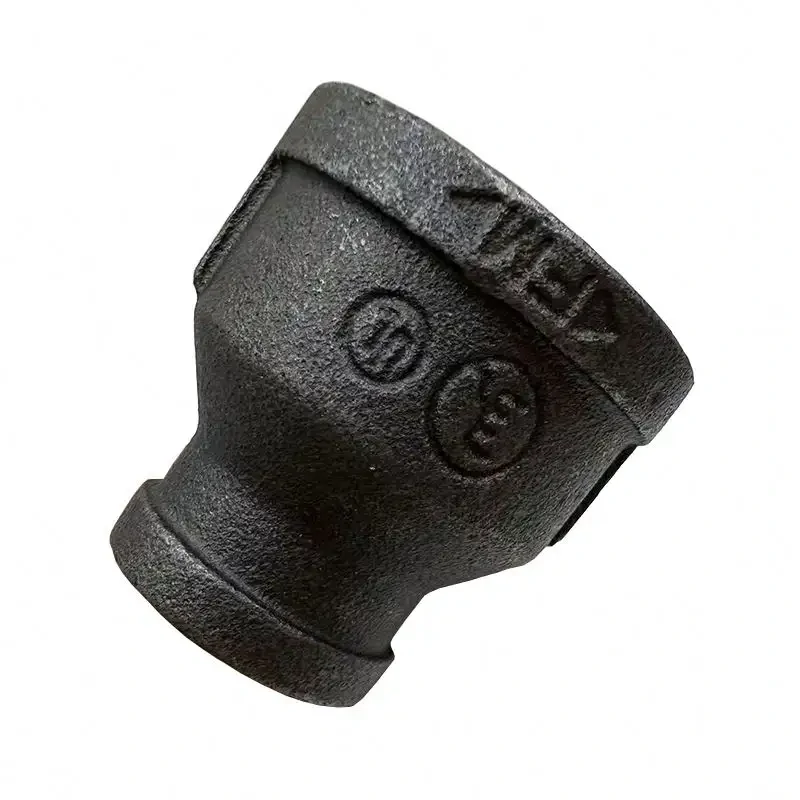1 1/4 “Malleable threaded floor flange iron pipe fittings generally require minimal maintenance. However, there are a few considerations to keep in mind to ensure their longevity and optimal performance:
Regular Inspection:
Periodically inspect the malleable threaded floor flange fittings for any signs of damage, corrosion, or leakage. Check for cracks, rust, or loose connections. If any issues are detected, take appropriate measures to address them promptly.
Cleaning:
If the fittings are exposed to dirt, debris, or other contaminants, it is advisable to clean them periodically. Use a mild detergent or cleaner and a soft cloth or brush to remove any buildup. Rinse thoroughly with clean water and ensure the fittings are dry before reassembling or using them.
Thread Lubrication:
Apply a suitable thread lubricant or sealant when assembling or disassembling malleable threaded floor flange fittings. This helps ensure smooth and secure connections while preventing leaks. Follow the manufacturer’s recommendations for the appropriate lubricant or sealant to use.

Tightening:
Over time, fittings may loosen due to temperature changes, vibrations, or other factors. Regularly check the fittings to ensure they are properly tightened. However, exercise caution not to overtighten, as this can lead to damage or stripped threads.
Protection from Corrosion:
Malleable threaded floor flange iron pipe fittings are susceptible to corrosion, especially if exposed to moisture or harsh environments. Consider applying a protective coating or paint to the fittings, especially if they are installed in areas prone to corrosion.
Replacement:
If any fittings show signs of significant damage, extensive corrosion, or are no longer functioning as intended, it may be necessary to replace them. Promptly replace worn-out or damaged fittings to maintain the integrity and performance of the plumbing or pipe system.
Remember to consult the manufacturer’s guidelines and recommendations specific to the malleable threaded floor flange iron pipe fittings you are using. Additionally, if you have specific maintenance requirements or regulations in your region or industry, ensure compliance with those guidelines.